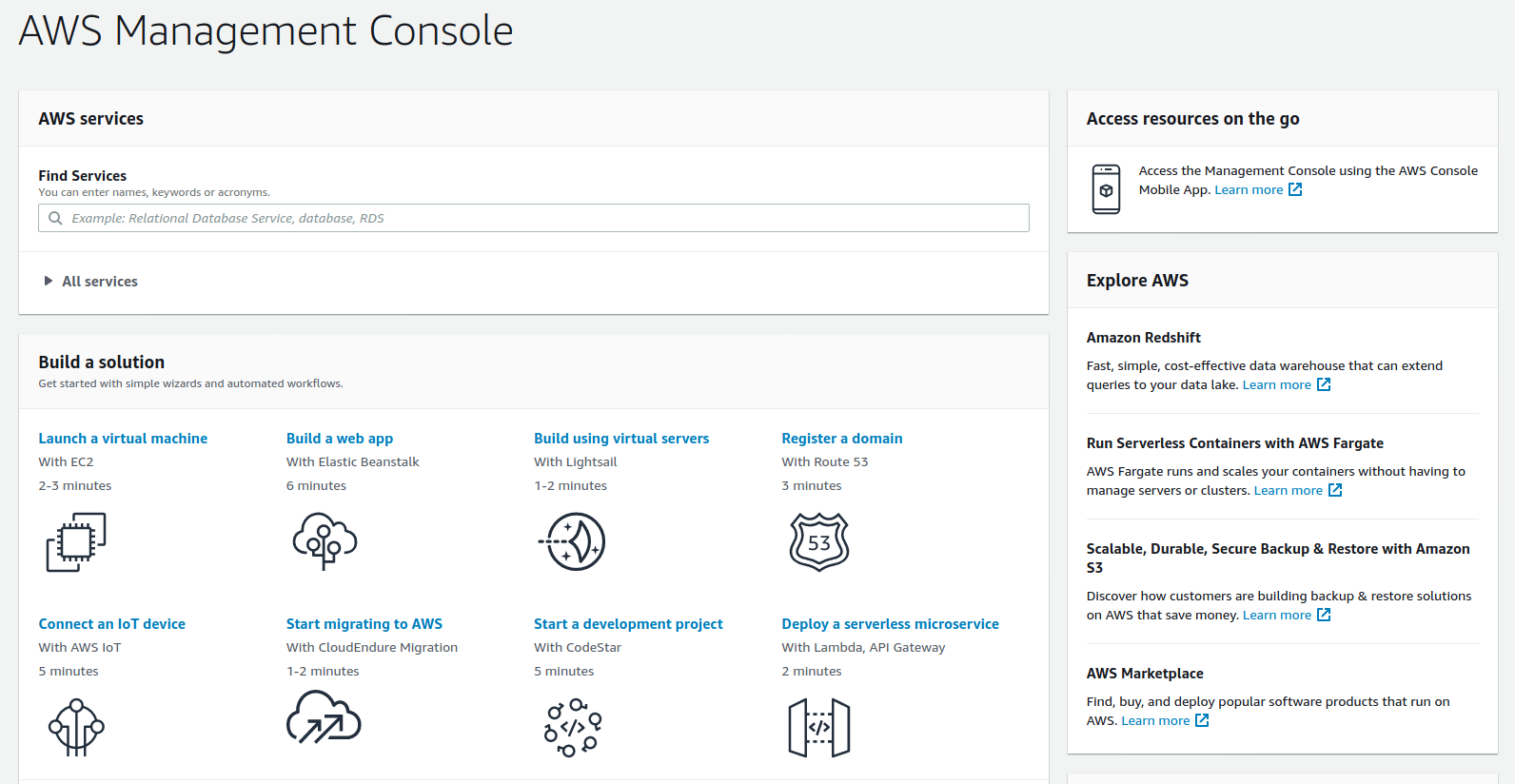How hard drives work
As computer users, we are accustomed to storing data to retrieve it sometime in the future. Today there are many ways to do this. If you take a photo on your cell phone, it’s going to be saved into the phones internal flash memory (or an external flash card). If you have a modern computer it’s likely that you have a Solid State Drive (SSD). It’s also possible to save your data in the “cloud”. So, why focus on Hard drives?
Hard Disk Drives (HDD) have been a reliable way to store data since the 1950’s. Cloud providers (AWS, Azure, Google Cloud) have HDD offerings that are cheaper than the SSD alternatives. At the time I wrote this article, if I want to buy a 5TB HDD, I would have to pay around $100 USD; if I want to buy 5TB SSD I would have to pay around $500 USD. For this reason HDDs are still widely used.

